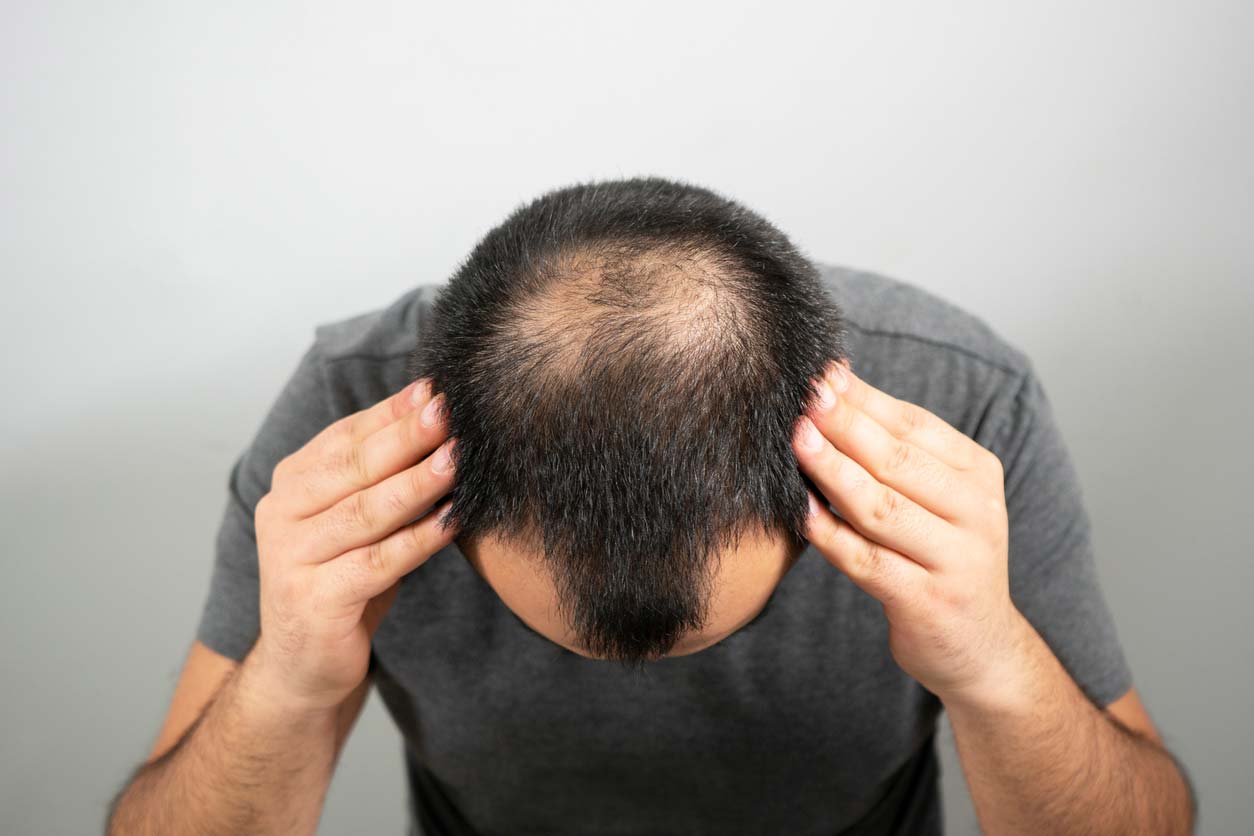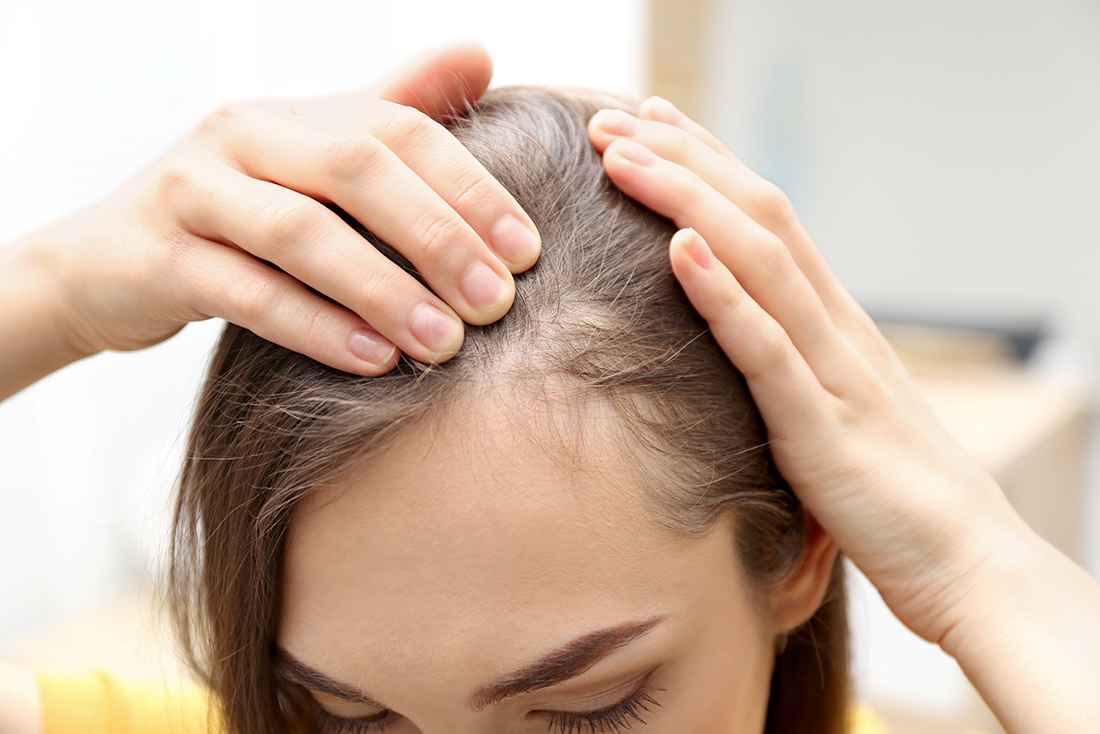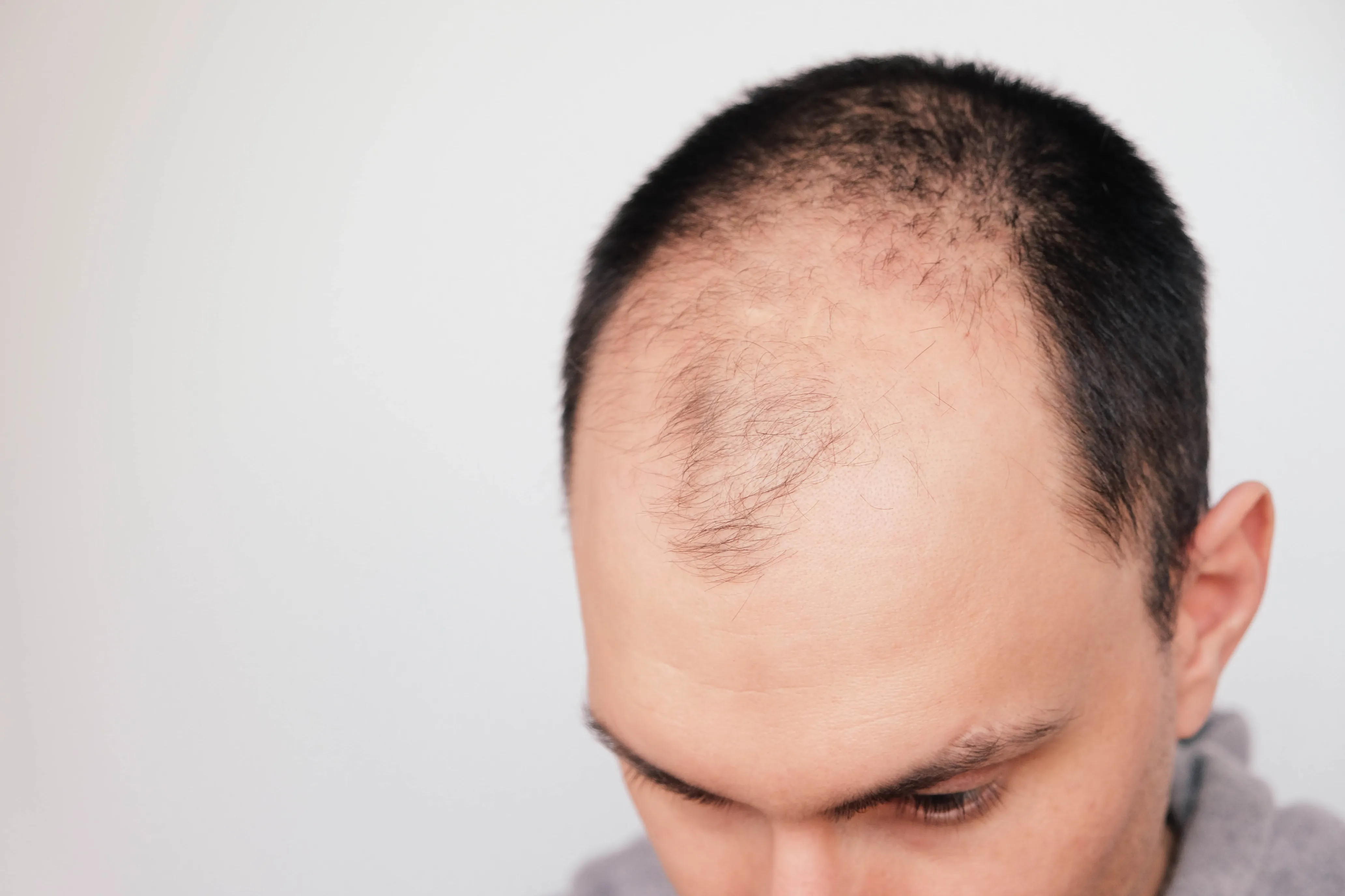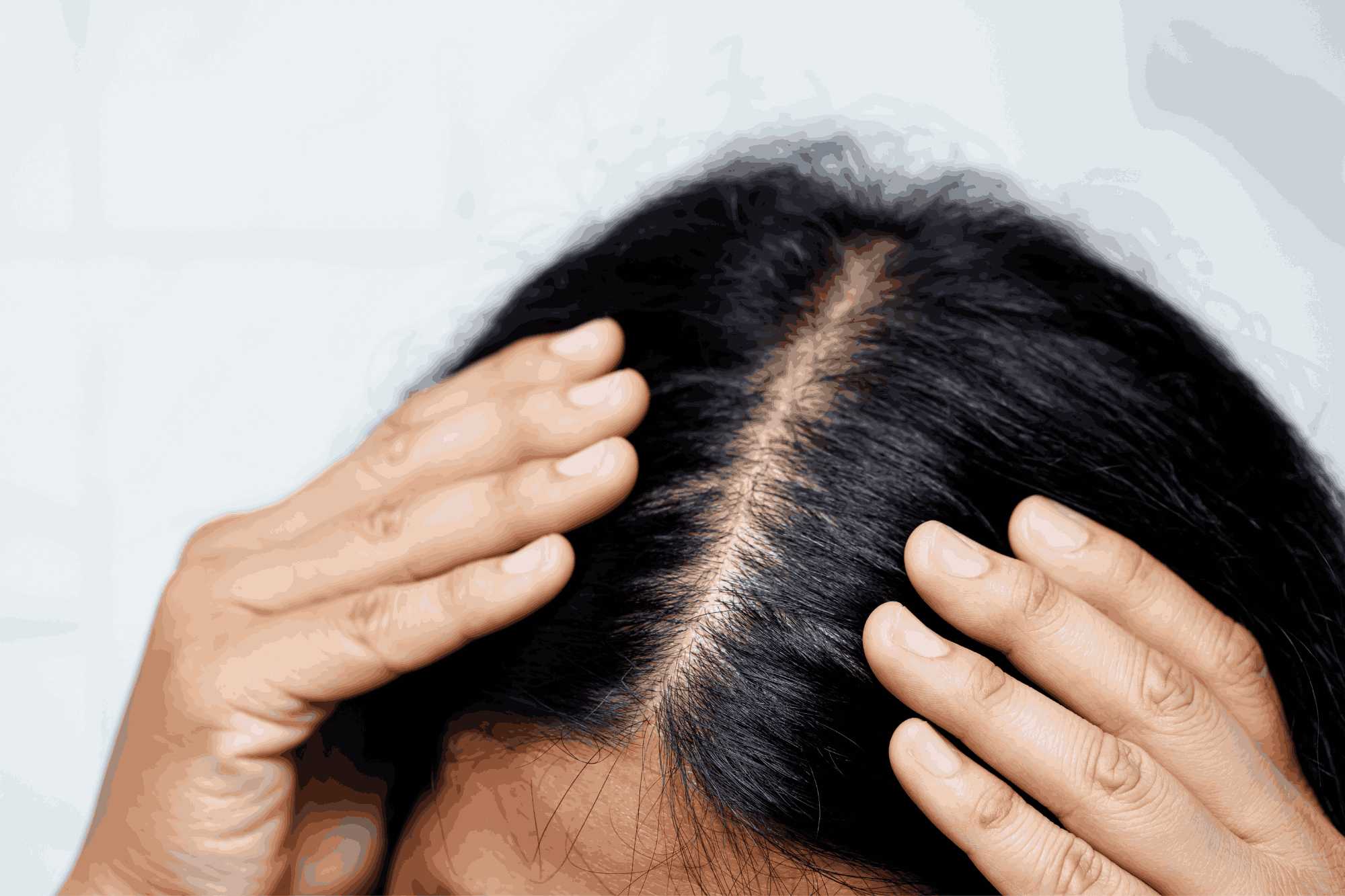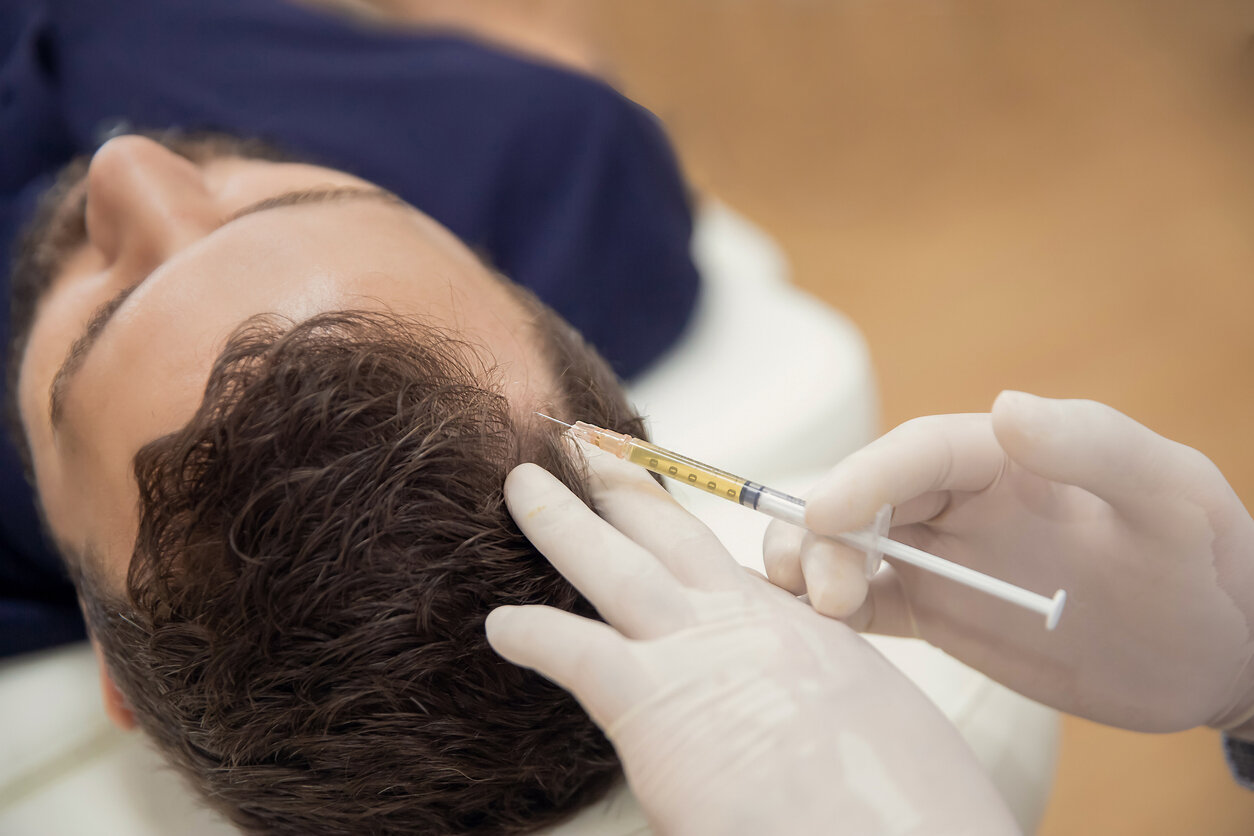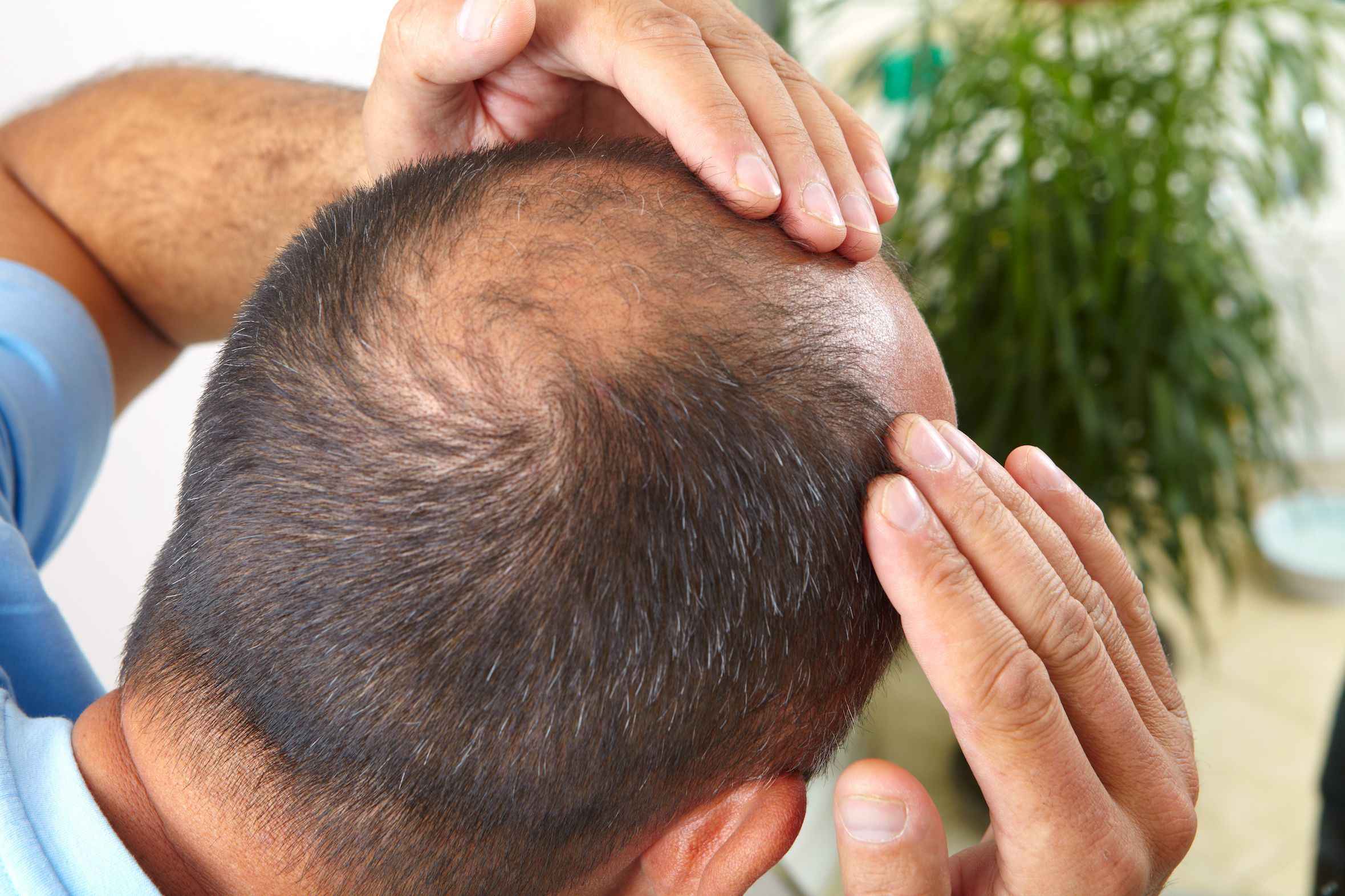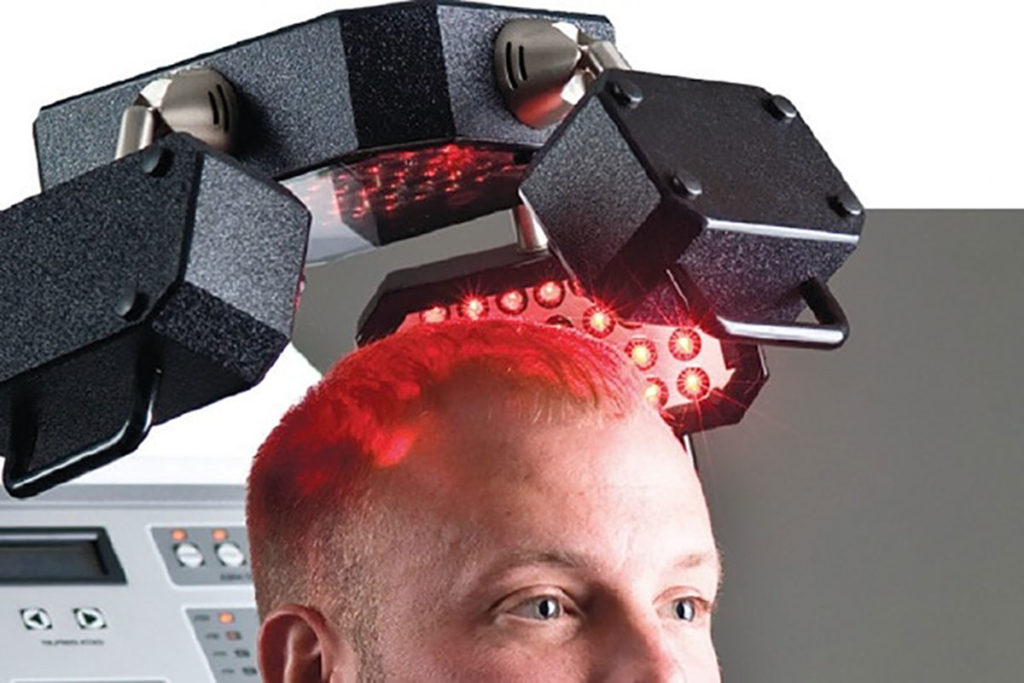Hair Loss Services
Hair Loss in Male
Hair loss, medically termed alopecia, is a common condition where a person experiences thinning or complete loss of hair. While it can occur anywhere on the body, it most commonly affects the scalp. Hair loss in men, often referred to as male pattern baldness or androgenetic alopecia, typically follows a pattern of a receding hairline and thinning crown, eventually leading to partial or complete baldness. Hair loss can vary in severity and can affect men of all ages, though it is more prevalent with advancing age.
Hair Loss in Female
Hair is often considered a crucial element of physical attractiveness and a means of expressing one's individuality. This is why women invest significant time and money in grooming, dyeing, drying, curling, and styling their hair. They strive to keep their hair looking its best. However, when they start experiencing hair loss, it can be extremely distressing. It is particularly challenging to cope with hair loss in a society that views hair as a symbol of youth, beauty, and good health. Consequently, women who lose their hair may feel less attractive and suffer from diminishing self-esteem.
Male Pattern Hair Loss
Male pattern hair loss, also known as androgenetic alopecia, is the most common type of hair loss in men. It typically follows a distinct pattern, starting with a receding hairline and thinning of the hair on the crown and temples. Over time, these areas may continue to thin and eventually lead to partial or complete baldness. This condition is largely influenced by genetic and hormonal factors, particularly the hormone dihydrotestosterone (DHT), which causes hair follicles to shrink and produce thinner hair.
Female Pattern Hair Loss
Female pattern hair loss, also known as androgenetic alopecia, is a common form of hair loss among women. Unlike male pattern baldness, which often begins with a receding hairline, female pattern hair loss typically presents as diffuse thinning across the entire scalp. This condition is influenced primarily by genetics and hormonal changes, particularly the effects of androgens like dihydrotestosterone (DHT), which can shrink hair follicles and disrupt the normal hair growth cycle. While female pattern hair loss can start at any age, it often becomes noticeable during menopause or other periods of hormonal fluctuation.
PRP Treatment
Platelet-Rich Plasma (PRP) therapy is a regenerative medical treatment that uses the patient’s own blood to promote healing and tissue regeneration. PRP is a concentrated form of plasma that contains a higher number of platelets than what is typically found in blood. Platelets play a crucial role in the body’s healing process, as they contain growth factors and proteins that aid in tissue repair and regeneration.
GFC Treatment
Growth Factor Concentrate (GFC) therapy is an advanced regenerative treatment that utilizes growth factors derived from the patient's own blood to stimulate hair growth and improve hair density. GFC is a more refined form of Platelet-Rich Plasma (PRP) therapy, focusing on a higher concentration of essential growth factors that are crucial for tissue repair and regeneration. This therapy is particularly effective for treating hair loss and promoting the rejuvenation of hair follicles.
Threads For Baldness
Androgenetic alopecia (AGA) impacts approximately 30% of both men and women under the age of 30. The condition carries a notable psycho-social burden. AGA's development involves a range of factors, including genetic predisposition, dihydrotestosterone (DHT), inflammation, genetic signals, growth factors, activation of hair follicle stem cells, and improved blood flow.
Low Level Laser Treatment
Low-Level Laser Therapy (LLLT) is a non-invasive treatment that uses low-intensity laser light to stimulate hair follicles and promote hair growth. This therapy is also known as red light therapy, cold laser therapy, or soft laser therapy. LLLT is a painless and safe procedure that can be performed in a clinical setting or at home using FDA-cleared laser devices. It is commonly used to treat various types of hair loss, including androgenetic alopecia, the most common form of hair thinning in both men and women.

